Umschreibung - Stairway to Nowhere - 29 Ganghoferstraße, Munich, Germany
“Umschreibung” means “euphemism” in German, but a website for this sculpture says it translates to “movement without destination.” This is the meaning behind this stairway to nowhere by Danish artist Olafur Eliasson. It was created in 2004 in a courtyard of the KPMG Building and is 30 feet tall. At the bottom there is an opening so visitors can climb the stairs themselves.
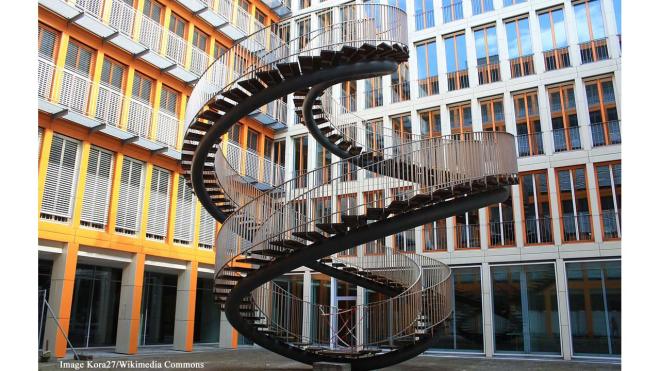
Der Teufelstritt (The Devil's Footprint) - 12 Frauenplatz, Munich, Germany
Legend is that architect Jorg von Halspach went looking for money in 1468 to build Munich’s new cathedral. It is said that he made a bargain with the Devil, who would provide the money as long as the building was a celebration to darkness, with no windows letting in light. When the building was complete, he took the Devil inside to survey the work and fooled him into thinking there were no windows. The Devil stamped his foot at being tricked, marking the floor for ever.
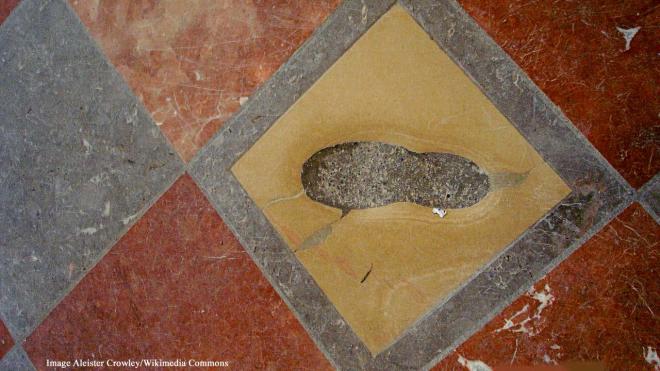
Filmtheater Sendlinger Tor - 11 Sendlinger-Tor-Platz, Munich, Germany
This cinema opened in October 1913 with an Italian silent film about Antony and Cleopatra. Since then, more than 25 million visitors have been to the single-screen cinema that has been owned by the Pressmar family for 70 years. For the last 25 years, artist Rene Birkner has hand painted the three-meter high posters for the cinema, often with a varying design to the original, making them unique and charming.
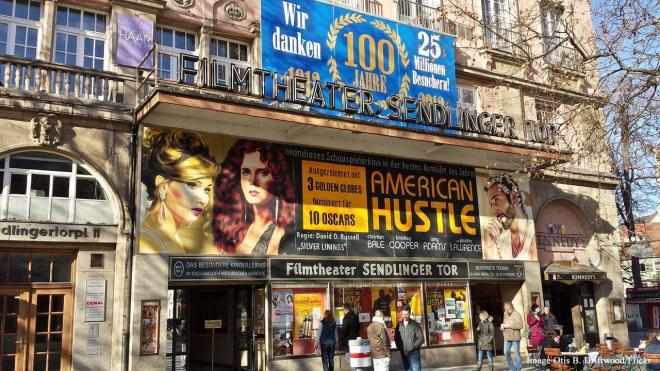
Wurmeck - Munich City Hall, 1 / II Marienplatz, Munich, Germany
There is a legend in Munich that during the dark Middle Ages, a winged serpent came out of the ground in the centre of the city. It was said to have spread Black Death among the people until heroic citizens fought and killed the monster. The metal dragon statue on the side of Munich’s City Hall is called the Wurmeck and commemorates the event. It has been there since 1906.
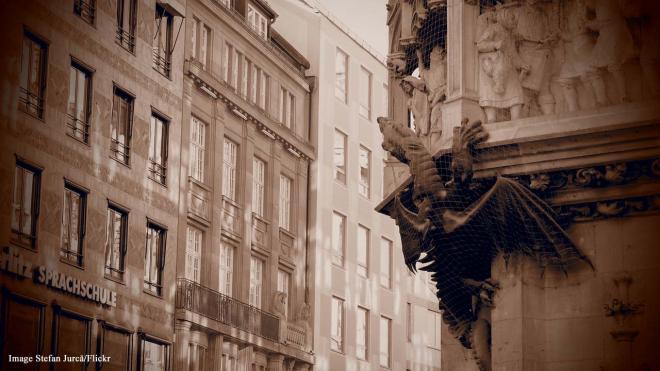
Volkssternwarte München - 145H Rosenheimer Str., Munich, Germany
The Volkssternwarte München, or Bavarian Public Observatory, has a unique planetarium dating from the 1950s, with four large telescopes. There is also an exhibition of meteors and astronomical photos, including some taken of the International Space Station. What makes this a special treat, however, is the ZKP1 Zeiss planetarium, which is fully analog, controlled manually and gives much clearer images than its digital counterparts.
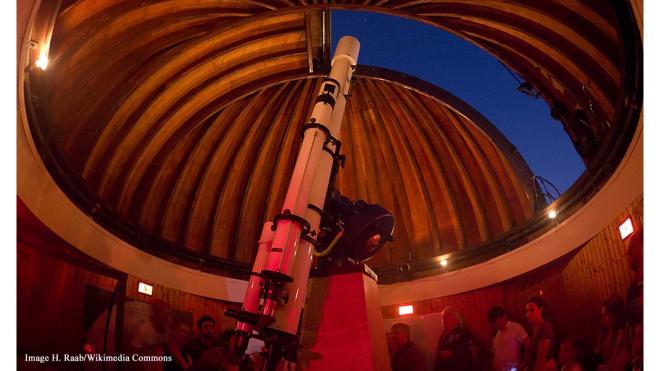
![Unusual places to visit in Munich, capital of Bavaria, Germany. [Image credit - CCO | Pixabay] Unusual places to visit in Munich, capital of Bavaria, Germany. [Image credit - CCO | Pixabay]](https://staticr1.blastingcdn.com/media/photogallery/2019/6/20/660x290/b_502x220x82/unusual-places-to-visit-in-munich-capital-of-bavaria-germany-image-pixabay_2281961.jpg)

